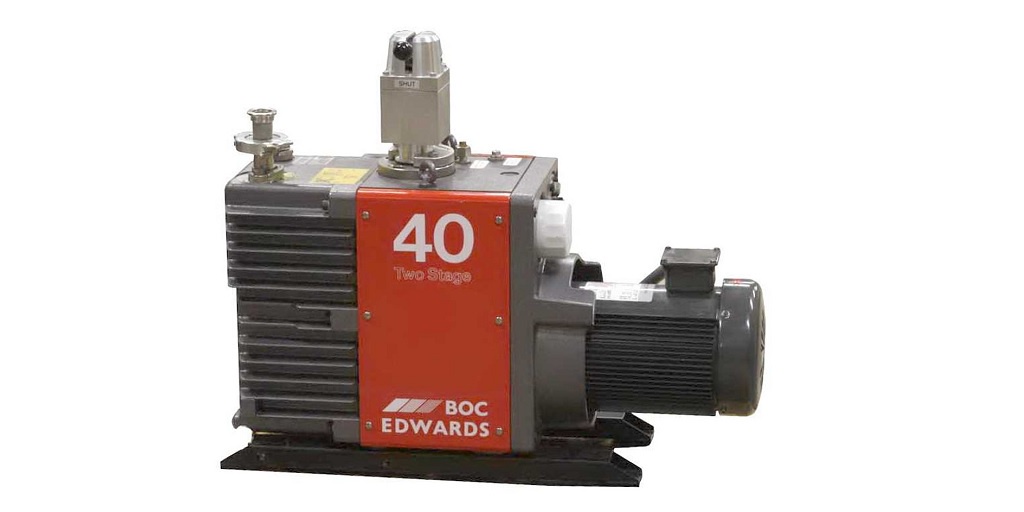If your lab has a vacuum pump, there’s a good chance that it’s vital to your process, whether the facility relies on it for distillation, freeze drying, or even chromatography. If the pump fails, your facility is in trouble.
Not only that, but lab vacuum pumps can be very expensive, sensitive pieces of equipment. For facilities that take the time to research the best fit and front the price, it also pays to offer the right care and routine maintenance.
Here are 6 basic maintenance tips for most lab vacuum pumps that will keep them running at peak efficiency for longer.
Warm It Up with the Inlet Blocked
Warming up the pump with the inlet blocked will help keep intrusive vapors from becoming dissolved in the pump oil. Depending on the model and style of the pump, doing this for 20 to 30 minutes should be adequate. You can also install a manual in-line valve to facilitate shutting the inlet while running the pump.
Use an Inlet Filter
Abrasives that incidentally enter the inlet can badly damage the pump’s internals as they circulate through the pump via the oil. One of the best (and simplest) things you can do to protect your pump is to install a pump inlet filter to keep these contaminants out, and never run the pump without one.
Keep the Outlet Clear
If the pump outlet ever becomes obstructed, you’re going to deal with a problem. On the more innocuous end of the spectrum, excess pressures may cause the pump to shut down. If they don’t, that excess pressure will relieve itself in other ways, by blowing gaskets and seals that will be expensive and time-consuming to repair.
Do Not Operate in Extreme Temperatures
Specifically, extremely hot temperatures. Hot temperatures will diminish the operational and procedural efficiency of the pump. Operate the pump in a cool environment and if possible ensure there is good air circulation through the room. Also, don’t operate the pump in an area that is crowded or cluttered as this will interfere with heat dissipation.
Run the Pump After Use to Purge Solvents
You’re not done when you’re done with the procedure. After running the lab vacuum pump, continue running it to help purge any solvents that remain in the pump oil. Block off the inlet, and run the pump for 20 to 30 minutes. This will help purge solvents that, if left in the oil, could accelerate or exacerbate corrosion.
Regularly Replace the Oil
Last but not least - actually this is the most important suggestion of all - you should regularly check and replace your lab vacuum pump’s oil.
Vacuum pump oil should be a light golden color, not entirely like honey (some might also call it straw). If it’s any darker than that, you should change it right away.
As a general rule, you should change the oil in the pump about twice per year, even if it doesn’t appear to need it.
And, finally, read your manufacturer’s owner’s manual and keep to all the recommendations contained within it.
Pay Less for Used Lab Vacuum Pumps and Other Laboratory Equipment
For those of you looking for used lab vacuum pumps and other laboratory equipment at competitive prices, visit HiTechTrader.
HiTechTrader has been a leader in the industry for used laboratory equipment since 1982 and carries a wide range of vacuum systems and pumps, including rotary vane and diaphragm pumps as well as pumps from Pfeiffer, Welch, and others.
For more information, or to see a listing of their current used inventory, visit their website via the link above or get in touch with them at 609-518-9100 or at Sales@HiTechTrader.com.
For More Information about Circulating Water Bath And Parr Reactor Please Visit: HiTechTrader


No comments yet